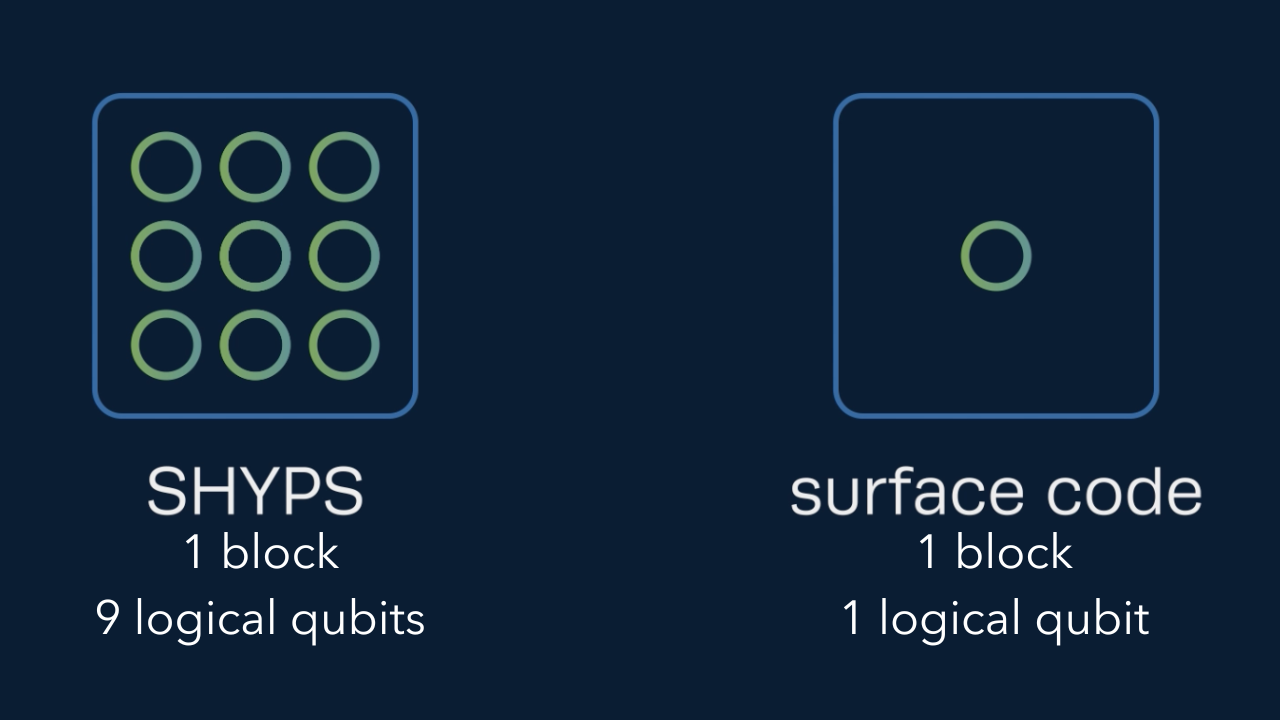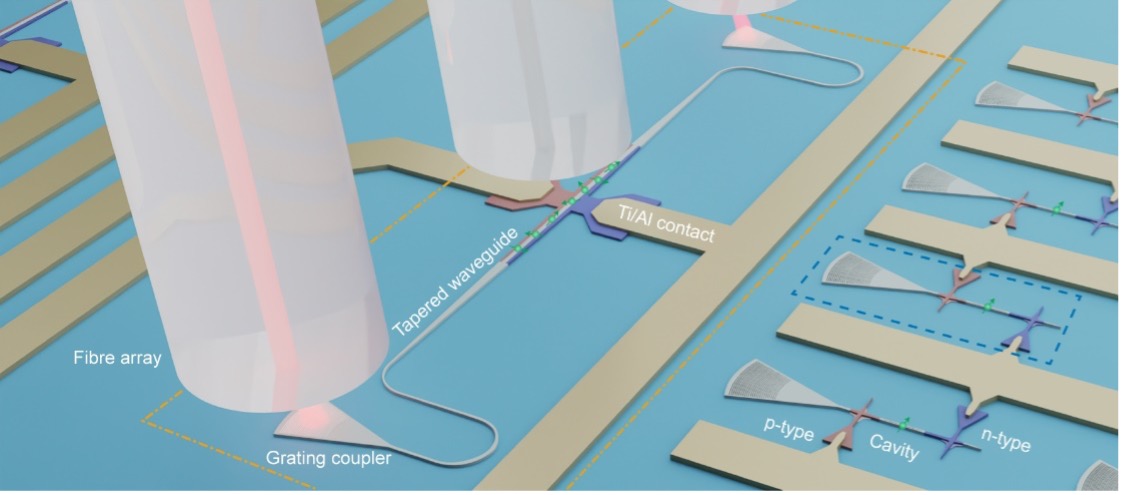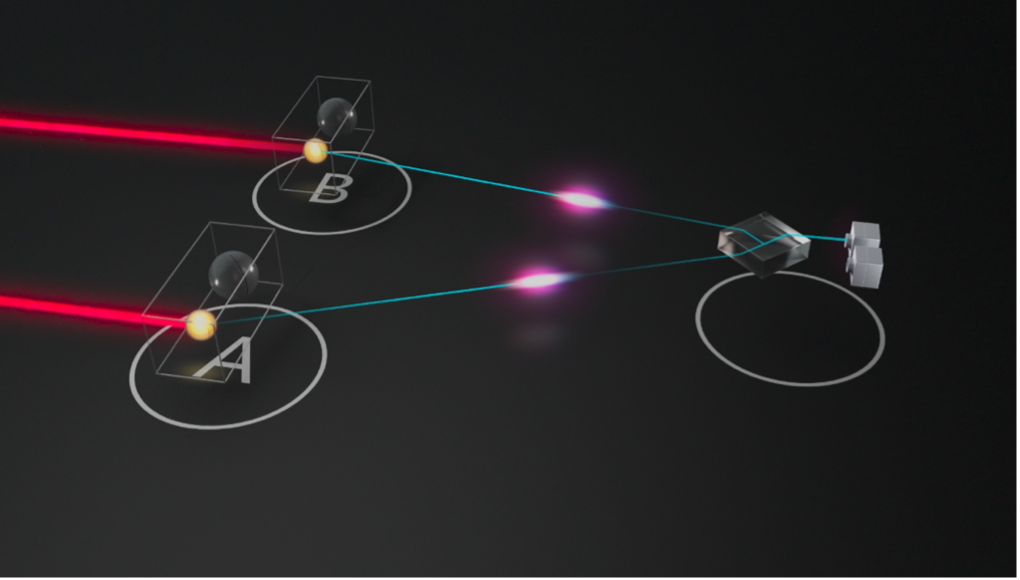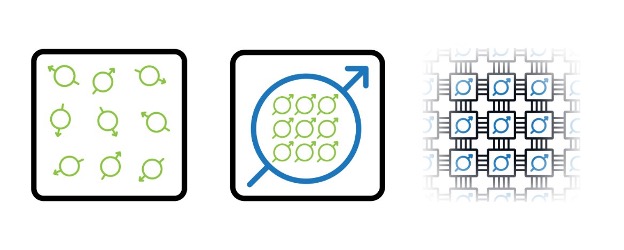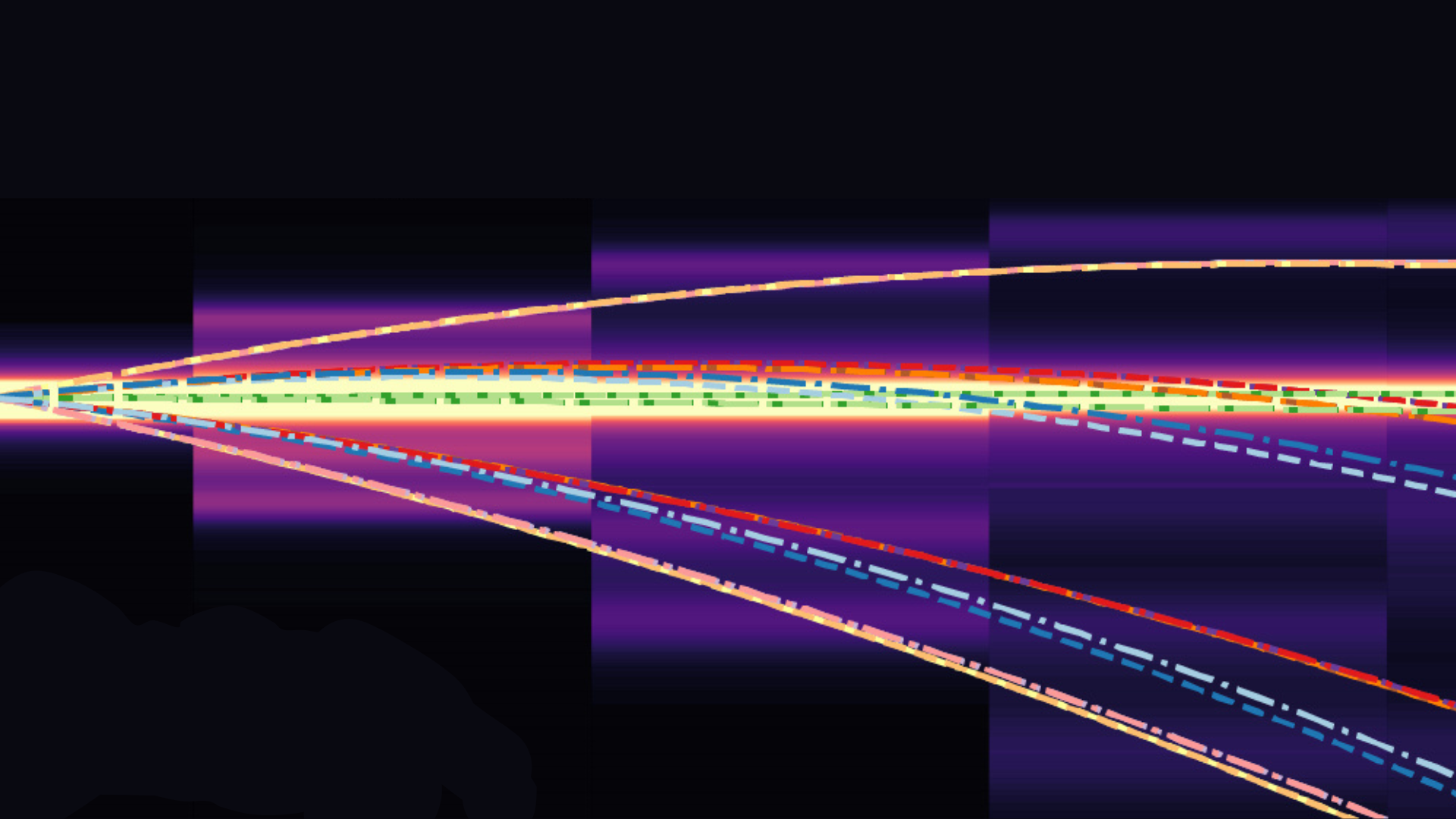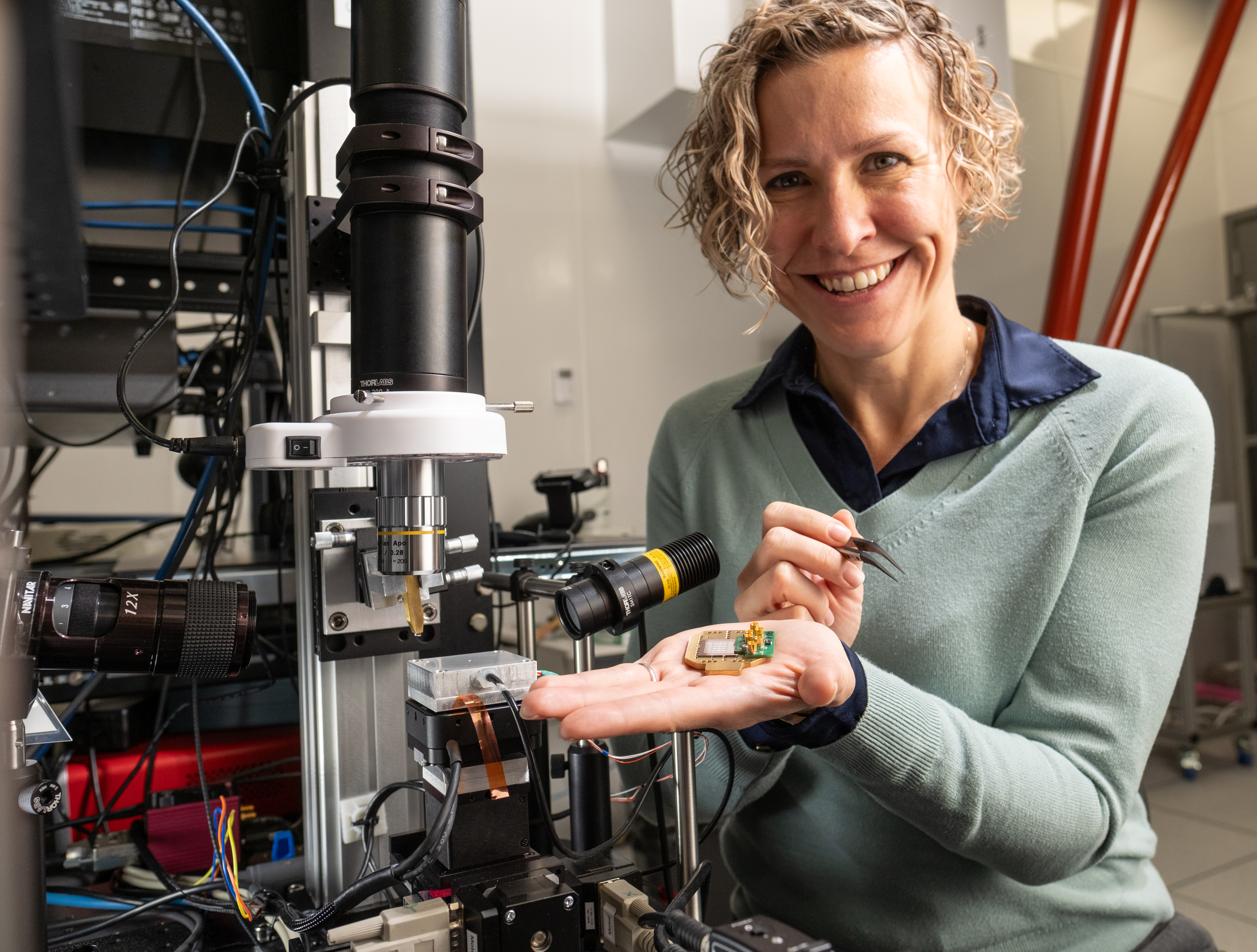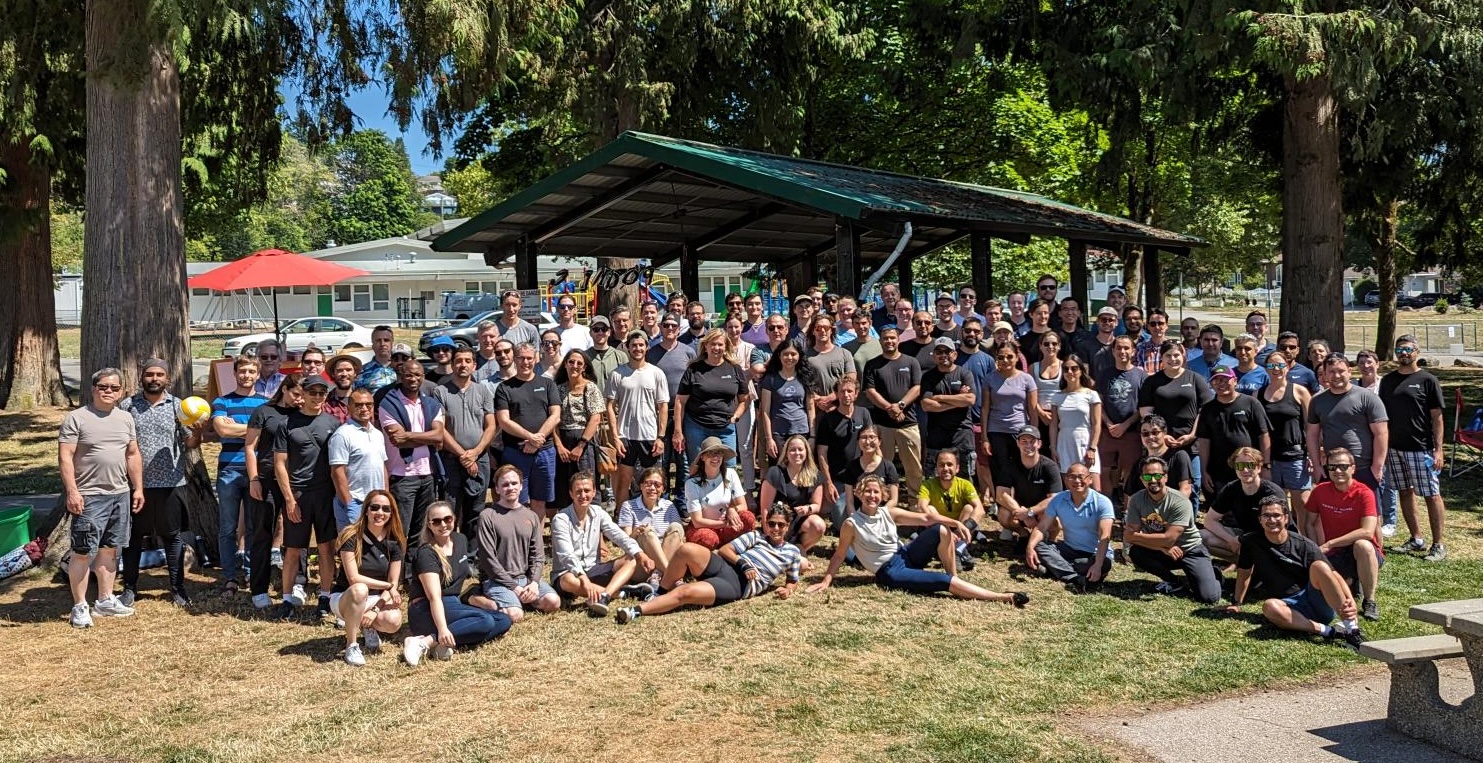Quantum computing is undergoing a period of rapid evolution. The era of noisy, intermediate scale quantum (NISQ) is coming to an end, and new systems demonstrating small-scale logical qubit architectures are attracting the interest of early adopters. We are entering the era of quantum error correction where the fidelity of qubits is improved by applying quantum error correction, which combines multiple noisy qubits into a single logical qubit with improved fidelity. For single-module systems, scalability of logical quantum computing systems is limited by how many qubits and associated control lines can be packed on a chip or a trap, and by the ratio of physical qubits to logical qubits. While these single module error-corrected systems solve one of the biggest problems constraining the usefulness of quantum computers—low qubit fidelity—they don’t have a solution for scaling beyond the limitations of a single quantum processor.
In this interview, Photonic’s Founder and Chief Quantum Officer shares her perspective of how quantum computers will ultimately scale to millions of qubits required for commercially relevant algorithms in chemistry, material design, drug discovery, and cybersecurity. To reach this scale, quantum computers must break free from the boundaries of a single quantum processor and unlock horizontal scalability by leveraging modular architecture linked by high bandwidth quantum networking.
Learn more about Dr. Simmons’ view of the three phases in the evolution of quantum computing and the role of distributed entanglement in unlocking the horizontal scalability of quantum computing.


